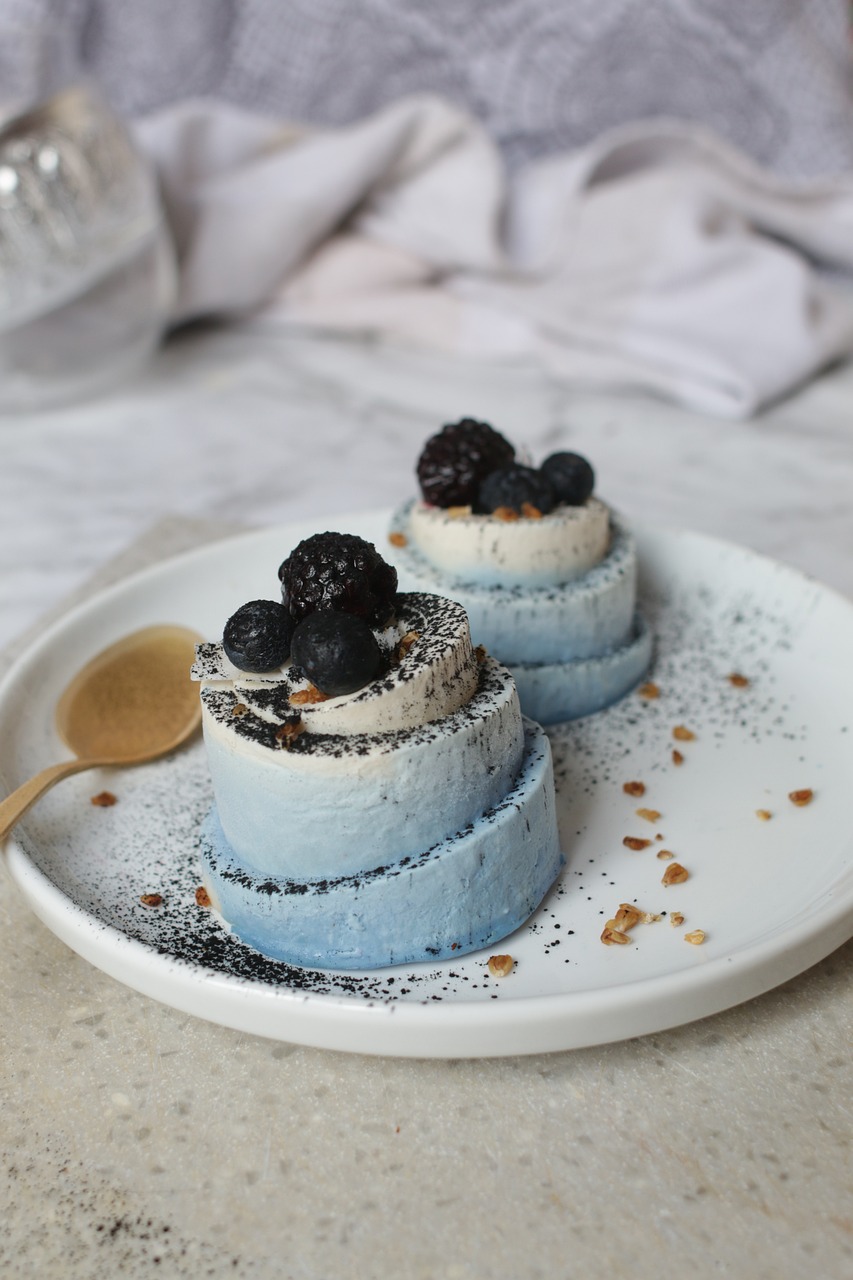Spirulina, a blue-green algae, is renowned not only for its nutritional benefits but also for its vibrant color. The pigments derived from spirulina, particularly phycocyanin, have gained popularity as natural food colorants. Phycocyanin imparts a striking blue hue, making it a sought-after alternative to synthetic dyes.
The usage of spirulina as a natural colorant spans various industries. In the food sector, it has become a favorite for enhancing the visual appeal of products while meeting the growing consumer demand for clean labels. Spirulina-derived colors are found in confectionery, beverages, dairy products, and baked goods. For instance, blue spirulina powder is often used to create visually appealing smoothies, ice creams, and candies. The natural origin of spirulina colors ensures that products are free from artificial additives, catering to health-conscious consumers and those with dietary restrictions.
Beyond the aesthetic appeal, spirulina’s natural colors are also valued for their health benefits. Phycocyanin, the pigment responsible for the blue color, is rich in antioxidants, which can contribute to overall well-being. This dual advantage of providing both color and nutritional benefits makes spirulina an attractive ingredient for functional foods. Moreover, the stability of spirulina pigments under various processing conditions enhances their applicability across different food matrices.
The cosmetic industry, too, has embraced spirulina coloring. Its vibrant pigments are used in natural makeup products, such as eyeshadows, lip balms, and face masks. The non-toxic nature of spirulina colors makes them suitable for products intended for sensitive skin. Additionally, the antioxidant properties of phycocyanin can offer skin benefits, further boosting the appeal of spirulina-colored cosmetics.
The trend towards natural and sustainable ingredients has also propelled the use of spirulina in textiles. Spirulina-derived dyes provide a non-toxic and eco-friendly alternative to conventional synthetic dyes. These natural dyes can produce a range of hues from blue to green, depending on the extraction and processing methods. This application aligns with the growing movement towards sustainable fashion, where the environmental impact of textile production is a significant concern.

